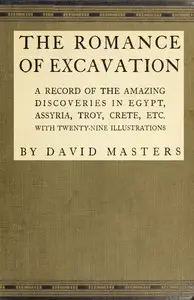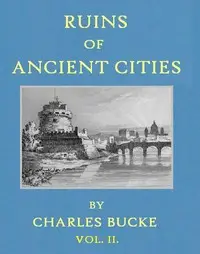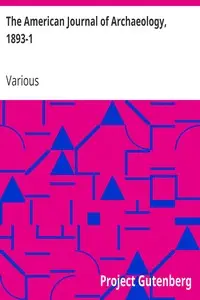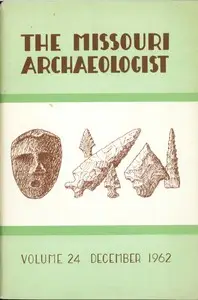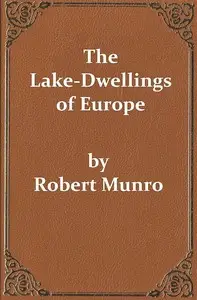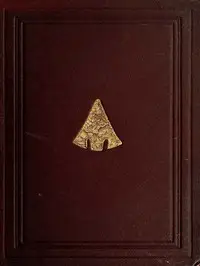"Mycenæ: A Narrative of Researches and Discoveries at Mycenæ and Tiryns" by Heinrich Schliemann is a historical exploration of archaeological findings at Mycenæ and Tiryns, connecting these sites with Homeric tales. Schliemann's book, written in the late 1800s, records his excavations and discoveries, linking them to ancient Greek civilization and mythology. Driven by a desire to reveal the historical truth of ancient Greek stories, Schliemann's initial efforts set the stage for an detailed study of Mycenæ’s archaeology, highlighting its treasures and historical significance. W.E. Gladstone's foreword underscores the significance of Schliemann's work, suggesting ties between the findings and Homeric epics, and inviting readers to explore both the artifacts and the stories of the past.

Mycenæ: a narrative of researches and discoveries at Mycenæ and Tiryns
By Heinrich Schliemann
Unearth the buried secrets of ancient Greece as one man's quest to prove legend true reveals a world of forgotten riches and epic tales.
Summary
About the AuthorJohann Ludwig Heinrich Julius Schliemann was a German businessman and an influential amateur archaeologist. He was an advocate of the historicity of places mentioned in the works of Homer and an archaeological excavator of Hisarlik, now presumed to be the site of Troy, along with the Mycenaean sites Mycenae and Tiryns. His work lent weight to the idea that Homer's Iliad reflects historical events. Schliemann's excavation of nine layers of archaeological remains has been criticized as destructive of significant historical artifacts, including the layer that is believed to be the Homeric Troy.
Johann Ludwig Heinrich Julius Schliemann was a German businessman and an influential amateur archaeologist. He was an advocate of the historicity of places mentioned in the works of Homer and an archaeological excavator of Hisarlik, now presumed to be the site of Troy, along with the Mycenaean sites Mycenae and Tiryns. His work lent weight to the idea that Homer's Iliad reflects historical events. Schliemann's excavation of nine layers of archaeological remains has been criticized as destructive of significant historical artifacts, including the layer that is believed to be the Homeric Troy.





